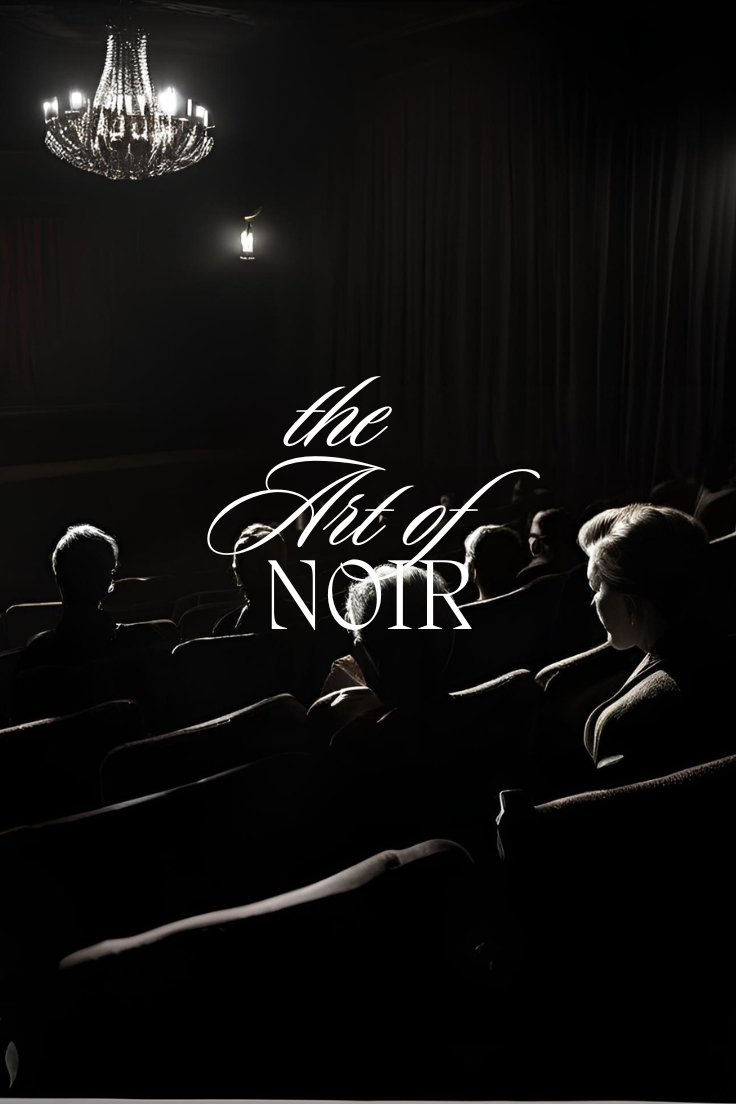


This book delves into the visual and thematic world of Noir, a genre known for its dark, moody aesthetics and morally complex narratives. From its roots in film noir of the 1940s and 1950s to its contemporary resurgence in various art forms, Noir continues to captivate audiences with its atmospheric intensity and exploration of the human psyche. The book examines key characteristics of Noir, such as high-contrast lighting, shadow play, and desaturated color palettes, alongside narrative themes of ambiguity, crime, and existentialism. It also explores Noir's influence beyond cinema, impacting photography, graphic novels, and digital art. Through an analysis of iconic works, artistic techniques, and modern interpretations, the book provides insights into how artists and filmmakers evoke the brooding atmosphere that defines Noir. By understanding its visual language, readers will gain a deeper appreciation for the artistic mastery that makes Noir timeless.
This book delves into the visual and thematic world of Noir, a genre known for its dark, moody aesthetics and morally complex narratives. From its roots in film noir of the 1940s and 1950s to its contemporary resurgence in various art forms, Noir continues to captivate audiences with its atmospheric intensity and exploration of the human psyche. The book examines key characteristics of Noir, such as high-contrast lighting, shadow play, and desaturated color palettes, alongside narrative themes of ambiguity, crime, and existentialism. It also explores Noir's influence beyond cinema, impacting photography, graphic novels, and digital art. Through an analysis of iconic works, artistic techniques, and modern interpretations, the book provides insights into how artists and filmmakers evoke the brooding atmosphere that defines Noir. By understanding its visual language, readers will gain a deeper appreciation for the artistic mastery that makes Noir timeless.